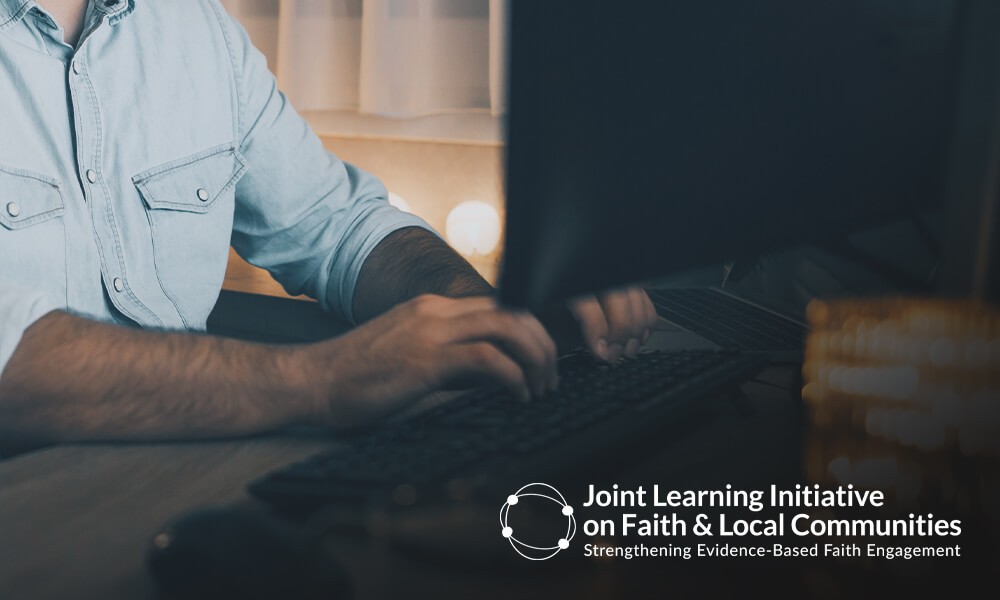Series 4: Resource Guide for Religious Leaders and Faith Communities
Violence against children and women increases during emergencies, conflicts, and health crises. The COVID-19 pandemic is no exception. Infection prevention measures that require staying at home have brought on a wave of increased violence for many children and women who find themselves confined in restricted spaces for long periods of time with their abusers. The stress caused by the pandemic is likely to lead to an increase in violence in homes, pushing more people to violent behaviour. For millions, home is no longer a refuge, but a place of violence and abuse.1 Violence against children and women can be psychological, physical, or sexual, and includes abuse, mistreatment, and neglect, sexual exploitation, and harmful practices such as female genital mutilation (FGM) and child marriage. While those who perpetrate these kinds of violence often do so within their own families or wider circle of trust, in many cases outsiders can be perpetrators. Violence can also occur within faith communities.2 With the increase of internet use, abuse during the COVID pandemic is also likely to be on-line.
Read Series 1: Adapting how we gather together, pray and practise rituals
Read Series 2: Communicating to end misinformation, discrimination and to instill hope
Read Series 3: Helping People Who Are At Risk
View the JLI FPCC page
The FPCC launches first virtual ‘Mind and Heart Dialogue Training‘ series to support faith leaders during COVID-19 in Eastern and Southern Africa.

